Publications we loved, and the big news stories from the last month in photobooks – featuring work by Peng Ke, Tom Wood, Paul Reas, Vivian Maier and the post-war PROVOKE group
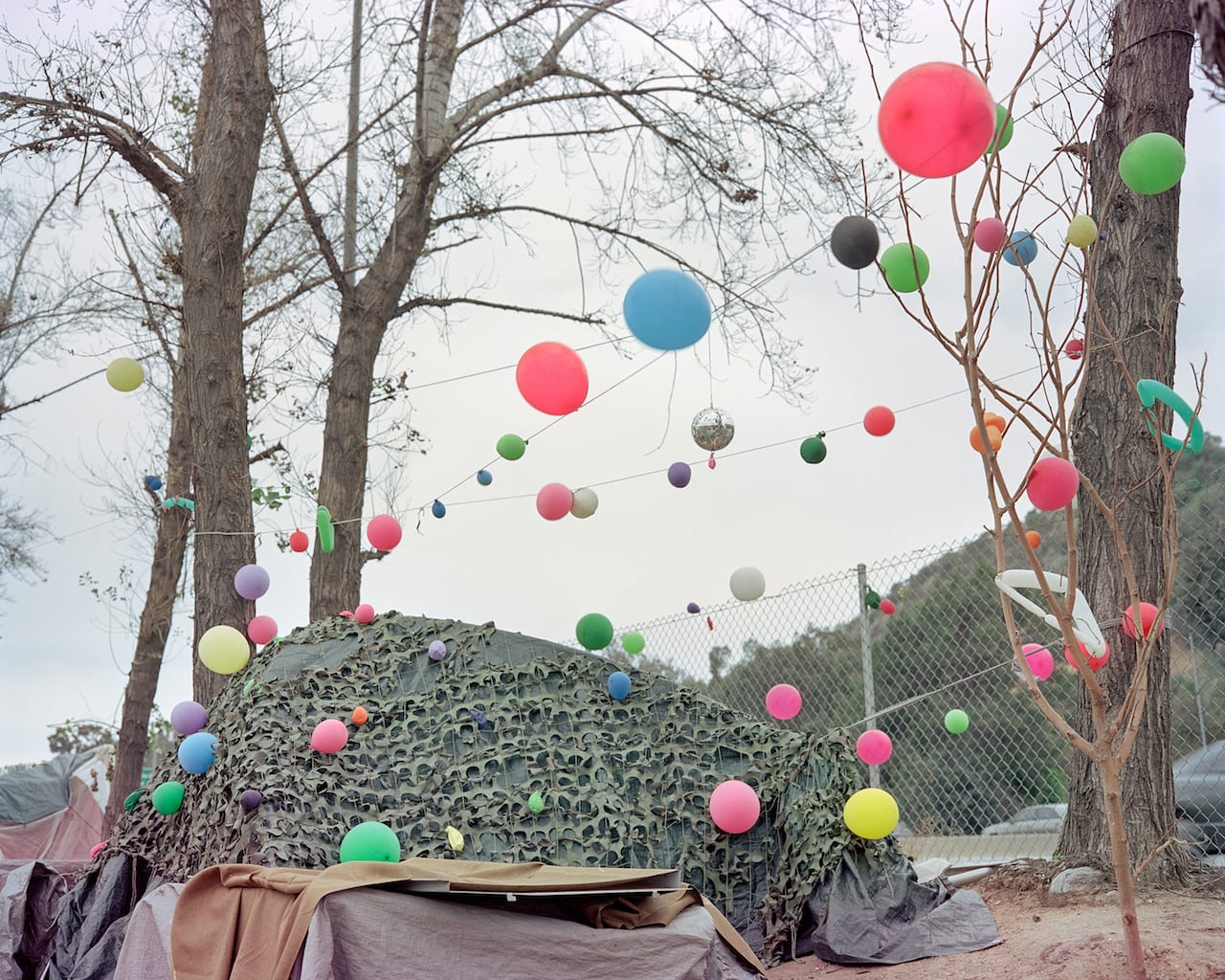

Publications we loved, and the big news stories from the last month in photobooks – featuring work by Peng Ke, Tom Wood, Paul Reas, Vivian Maier and the post-war PROVOKE group
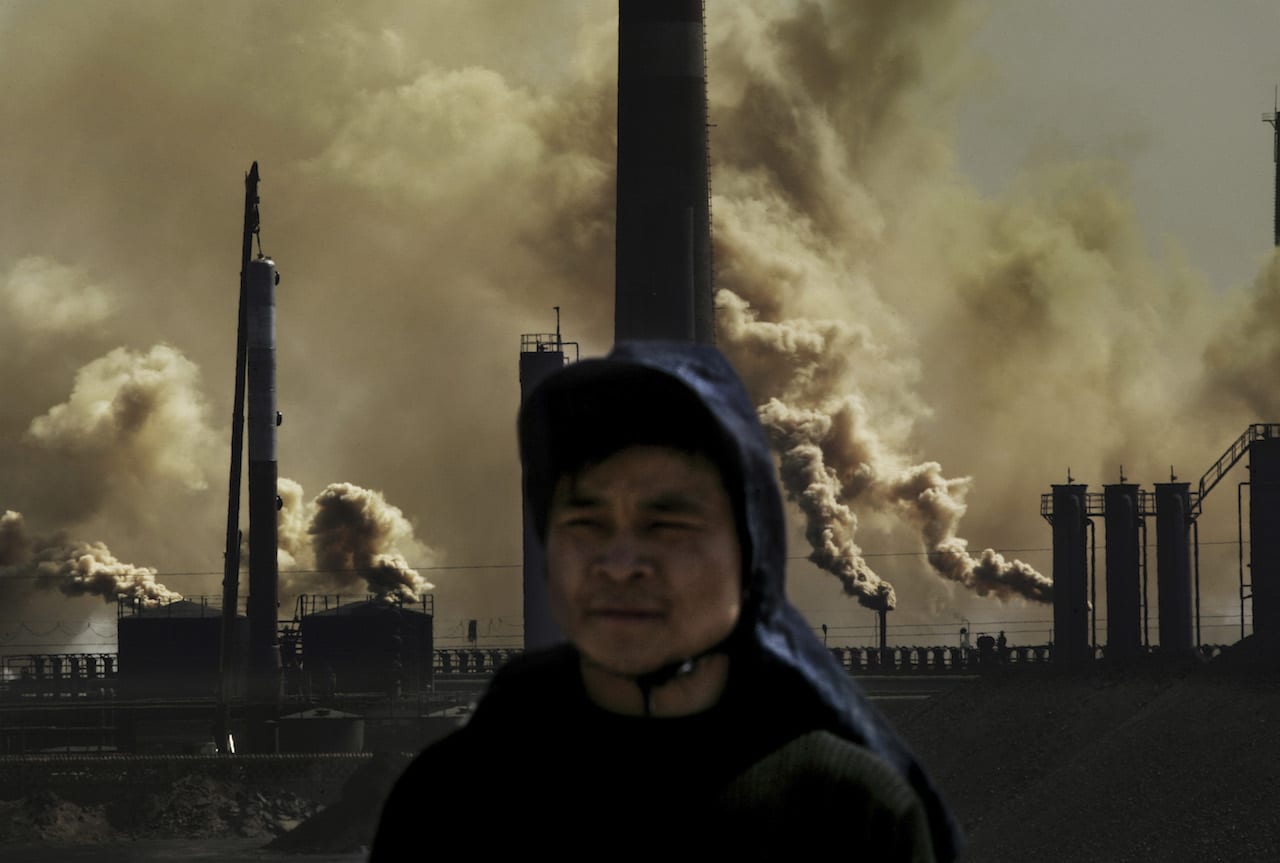
Three-time World Press Photo winner Lu Guang has been detained by national security offices during…
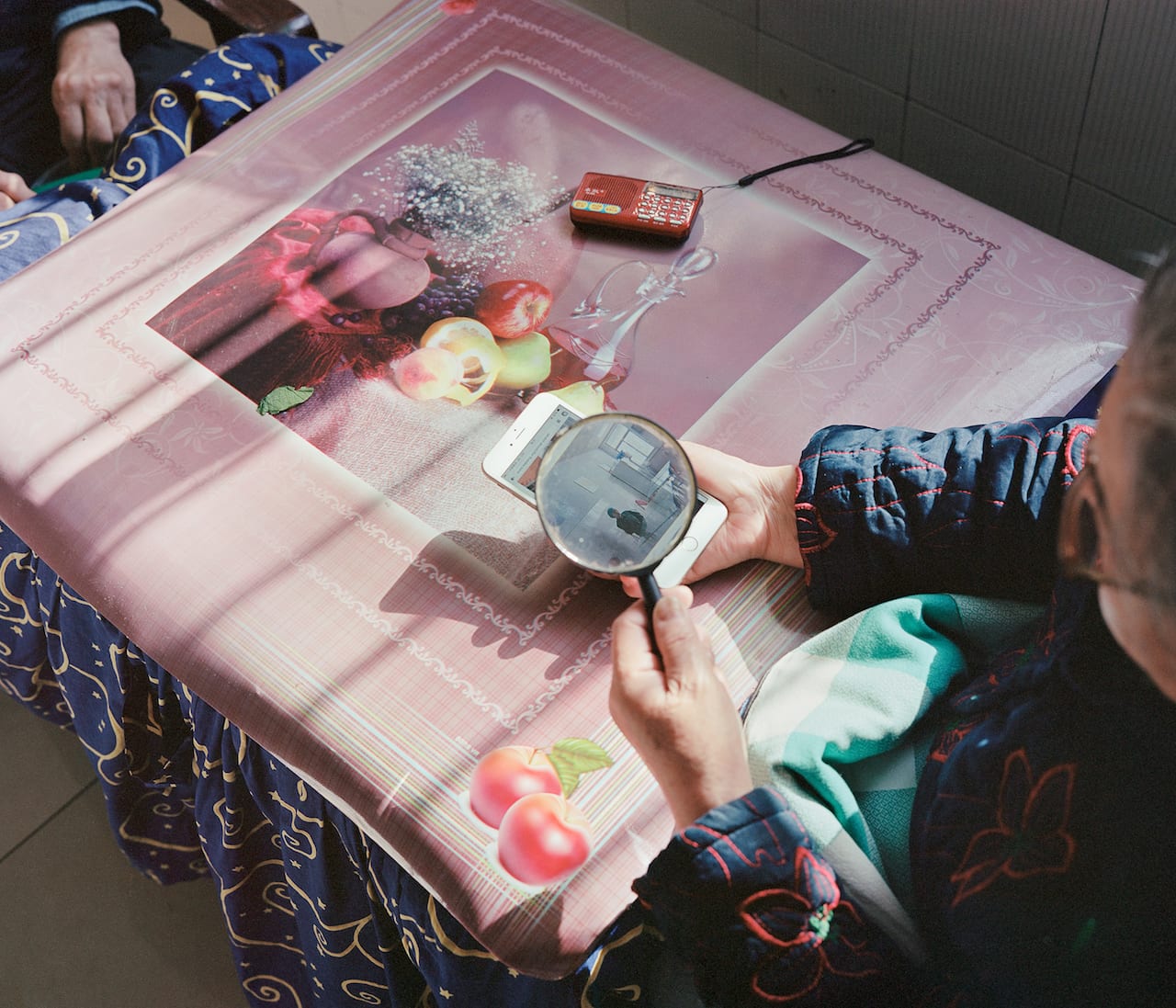
“I like objects that don’t have much of a style. Like patterns in colouring books, clean black lines, and primary colours. Things that aren’t trying to sell you an ideology or concept,” says Peng Ke, who calls from her home in Shanghai, where she has just closed her first solo exhibition in the city, I Have Seen Many People Although They Have Not Seen Me. “Most visual languages are so coded, so if I see things that are almost innocent, they really stand out to me.”
Peng Ke’s exhibition coincided with the launch of Salt Ponds, her first book published by Jiazazhi. The project has been ongoing for five years now, but only became a solid body of work after her friend and graphic designer Pianpian He approached her to collaborate on a book. It began in the cities where Peng’s parents grew up, and quickly expanded to other fast developing, smaller cities in China. Though they are shot hundreds of miles apart, her photographs are anonymous; you can never tell which city she is in. So the project became less about her own hometown, and more about the collective experience of Chinese people who live in these places, “because in a way, everyone comes from the same city”.
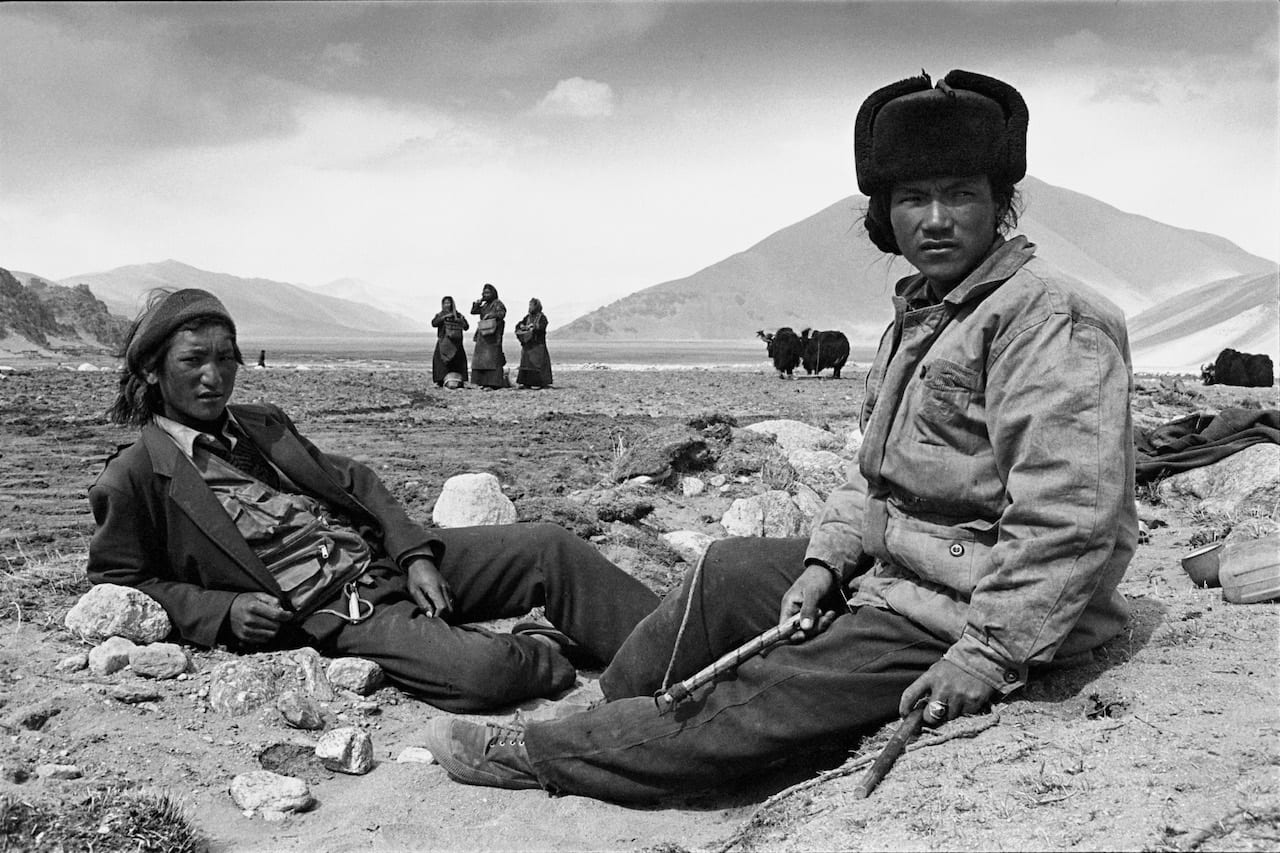
“In 15 years, not a day went by when I didn’t question my own work,” says Chinese photographer Lu Nan, in an interview included in his new book Trilogy. “That’s why I scrutinise what I was doing by means of reading. This mode of assessing action through thought and assessing thought through action helped me to complete these projects.
“The trilogy is concerned with human beings. I hope that by looking into real life, I’ll find something fundamentally and enduringly human.”
Lu Nan isn’t well known outside China but this book, his first in English, should change all that. It collects together three projects he shot over 35 years – The Forgotten People, a look at the lives of Chinese psychiatric patients, shot from 1989-1990; On the Road, a look at the lives of Catholics in China, shot from 1992-96; and Four Seasons, a look at the lives of rural Tibetans, shot from 1996-2004.
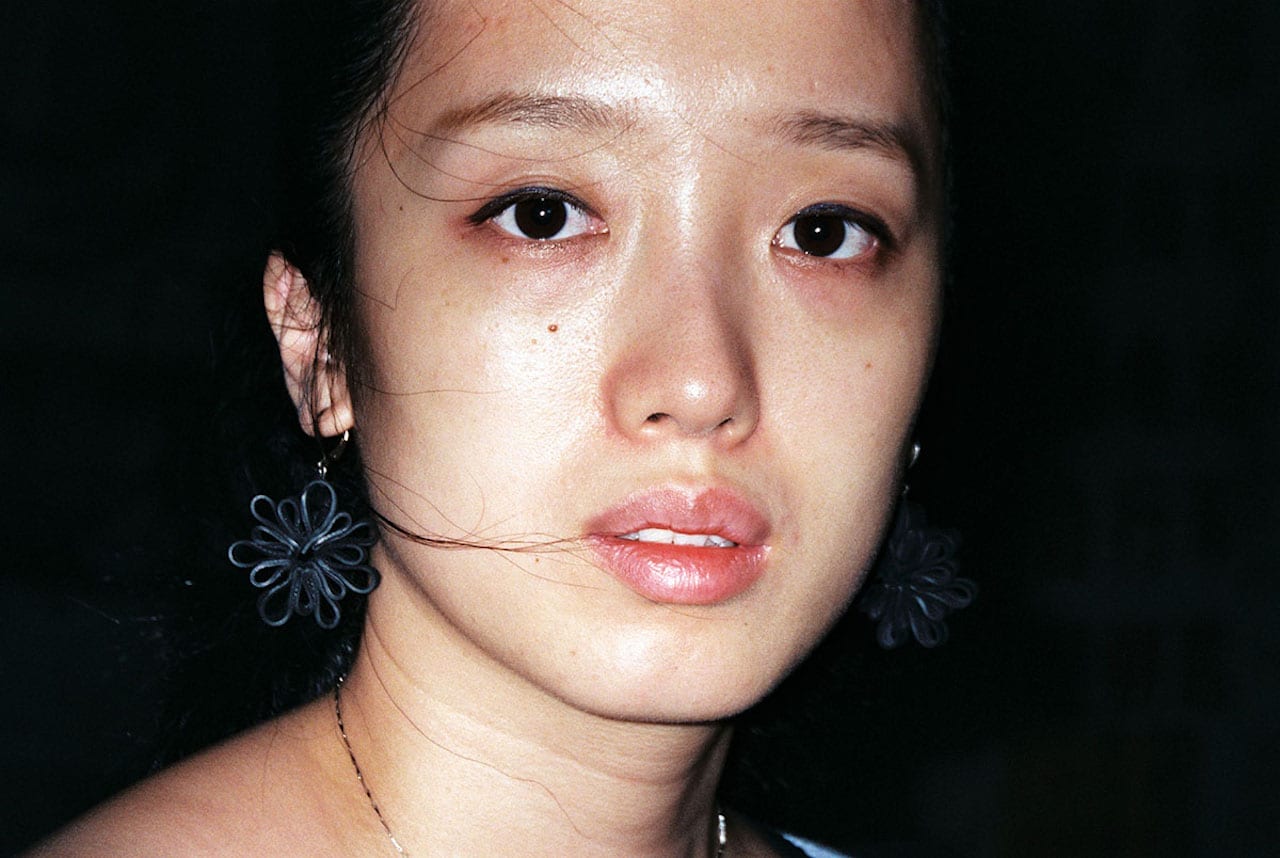
Founded in 2015 by Chinese photographer RongRong (who also also founded China’s first photography museum, Three Shadows Photography Art Centre) with Sam Stourdzé, director of Rencontres d’Arles, the Jimei x Arles International Photo Festival is the biggest of its kind in China. It returns this November with 30 exhibitions by over 70 artists, including shows brought over from Arles and exhibitions devoted to emerging Chinese image-makers.
The Jimei x Arles Discovery Award nominees features work by ten new Chinese photographers, for example – with one image-maker selected from the show to win 200,000 RMB plus a place in Arles’ prestigious Discovery Awards. This year the nominees are: Coca Dai (1976), Hu Wei (1989), Lei Lei (1985), Pixy Liao (1979), Lau Wai (1982), Shao Ruilu (1993), Shen Wei (1977), Su Jiehao (1988), Wong Wingsang (1990), and Yang Wenbin (1996)
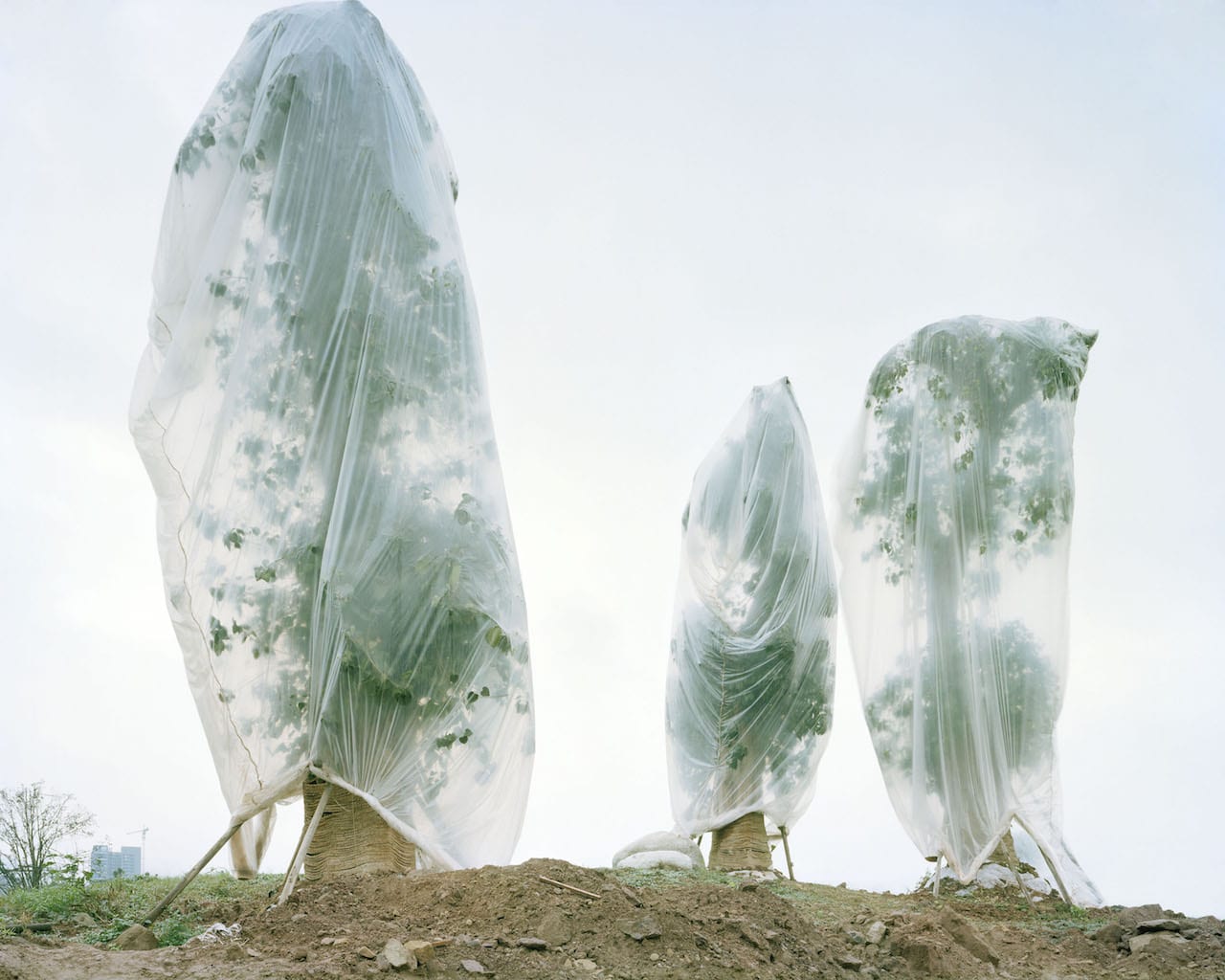
In Chongqing, the largest city in southwest China, city officials have been planting trees for over a decade, aiming to create a “forest city”. But after investigating the origins of these trees, photographer Yan Wang Preston uncovered a troubling process. “The whole concept of trying to be green is being abused,” she says.
By way of example, she tells the story of Frank – a 300 year-old tree that’s a central character in her new book, Forest. When Preston first encountered Frank in 2013, he was being forcefully removed from a small village that was soon to be flooded by one of the Yangtze River dams. Frank was sold to the owners of a five-star hotel in a nearby county for 250,000 RMB, approximately £30,000. When asked whether the tree would survive, one of the guards replied with pride, reassuring Preston that they were all experts at transplanting trees.
But when she returned in 2017, Frank had been dead for over two years – and so had the tree that had followed it. “The older the trees are, they more likely they will die, because it’s hard for them to adapt to a new environment,” says Preston. “I’m interested in the complicity of this whole thing. For the tree, it’s very sad to be relocated. But then, the ultimate motivation is to be closer to nature”.

“You’ve probably never heard of Feng Li’s photography,” wrote Leo de Boisgisson in American Suburb X in March; that was true at the time, but it’s changed rapidly since September, when the Chinese artist was nominated for the prestigious Paris Photo-Aperture Foundation First Photobook award. He made the shortlist for his first publication, White Night, which was published by Jiazazhi Press in July and contains 160 images shot from 2005-2015. The title is inspired by the Bible, specifically the Book of Job and a phrase which reads “They meet with darkness in the daytime, and grope in the noonday as in the night”.

“I hope the project can make the audience feel like they walking through a cloud of mist.” Zhao Qian, a Chinese photographer living in San Francisco, has recently been announced as a runner-up in this year’s BJP Breakthrough Awards. His series, Offcut, the edge, is inspired in part by the feeling of jetlag, which he describes as creating a fog on his surroundings.
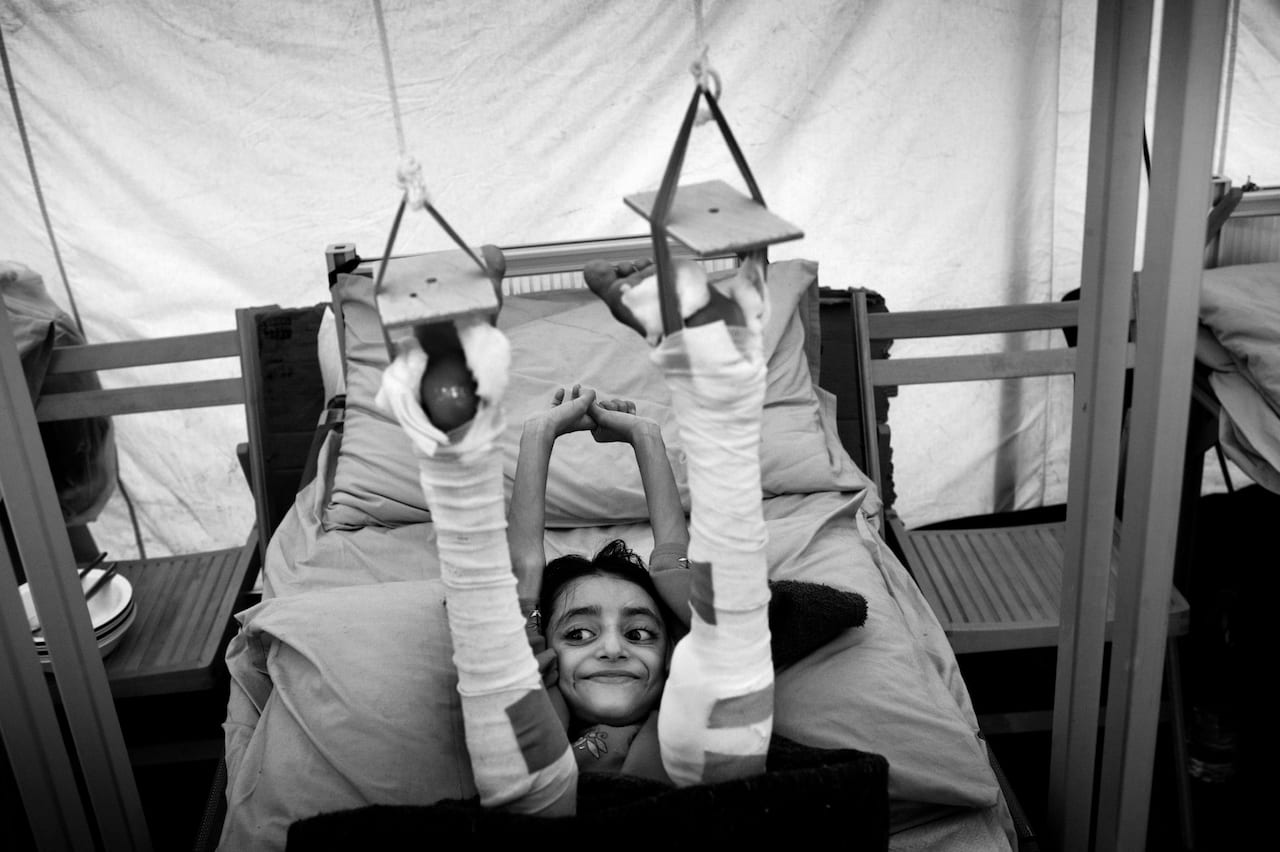
“I meet people with more empathy and more care towards one another in war situations or in conflict around the world than I have ever experienced in Europe. People want to share the little they have with me because I have talked to them and shown an interest in them,” says Jan Grarup. His work has taken him to the sites of the worst conflicts – from obvious examples such as Iraq and Iran, to forgotten areas like the Central African Republic. Each place he visits, he stays to learn about the culture and customs of the people before taking their photographs. In these places of despair and destruction, Grarup often finds hope and resilience. But the Western world needs to be more active and share the responsibility to help these regions return to a peaceful existence.
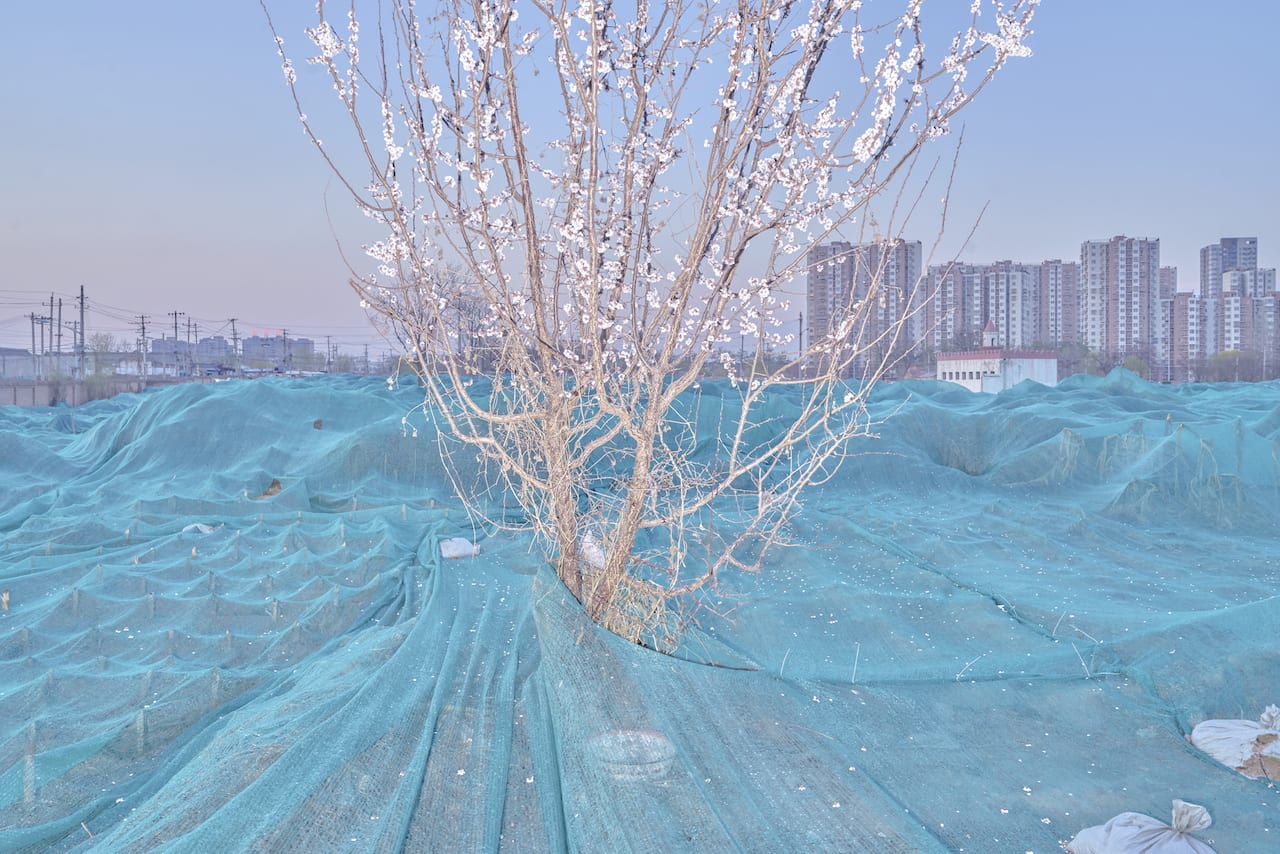
“The beautiful blooms seemed lonely and desolate. Sadly, it reminded me of the fact that soon it would be razed to the ground, into dull but common urban landscape with standing skyscrapers,” says Lv Meng. His photograph comes from the series Urban Fringes which explores the growth of megacities as the slowly expand outwards and take over the countryside.